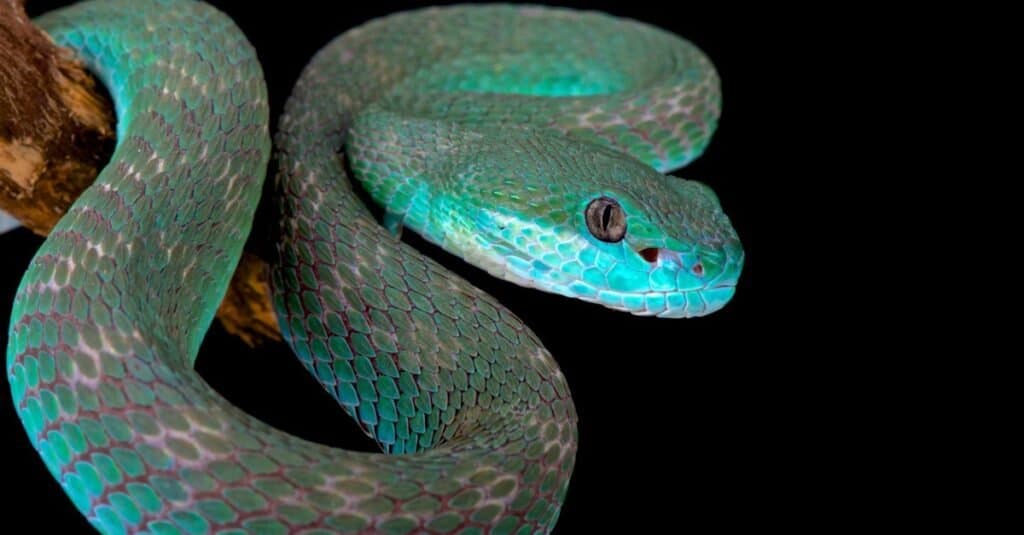Introduction
When it comes to the fascinating world of snakes, few types catch the imagination rather like the baby tiger snake. Understood for their distinctive pigmentation and potent venom, these snakes are an indispensable part of Australia's special community. In this detailed article, we will certainly explore numerous aspects of infant tiger snakes, including their behavior, environment, and exactly how to safely connect with them. Whether you're a wild animals lover or merely curious concerning these animals, recognizing infant tiger snakes can aid foster a deeper gratitude for nature.
Baby Tiger Snakes: What You Required to Learn About Their Behavior and Habitat
What Are Baby Tiger Snakes?
Baby tiger snakes are juvenile types of the very poisonous species recognized clinically as Preventing snake bites Australia Notechis scutatus These serpents are mostly found in seaside regions of Australia, specifically in Tasmania and southern Victoria. As they expand, their pigmentation modifications from an extra muted palette to the particular yellow and black bands that give them their name.
One noteworthy aspect of infant tiger snakes is their size; hatchlings typically measure around 25-30 cm in length. Regardless of their small stature, they have a surprising amount of venom that can be damaging to people if bitten.
Physical Characteristics
Tiger snakes have a number of key physical traits:
- Coloration: The unique banding pattern commonly becomes a lot more pronounced as they mature. Size: Adults can get to lengths of approximately 2 meters. Body Shape: They have a durable body that helps in swimming and earthbound movement.
Where Do Child Tiger Snakes Live? Recognizing Their Habitat
Understanding the environment choices of baby tiger snakes is vital for both preservation initiatives and public security. These snakes prosper in various atmospheres:

- Wetlands: Marshes and swamps supply adequate searching grounds. Coastal Regions: Frequently found near coastlines where they can quest for prey. Woodlands: Thick greenery provides cover from predators.
Geographical Distribution
Tiger serpents are predominantly located along Australia's southerly coastline, including:


- Tasmania: Home to among the most well-known populations. Victoria: Specifically in areas near water bodies.
Are Tiger Snakes Venomous? A Deep Dive into Their Venom
One common inquiry occurs when reviewing baby tiger snakes: "Are tiger snakes venomous?" The response is a definite yes!
Venom Composition
The poison of tiger serpents includes neurotoxins that can cause paralysis, coagulopathy (blood clotting problems), and possibly Conservation and Education death if neglected. Below's what you require to recognize:
- Effects on Humans: An attack from a tiger serpent can lead to symptoms like swelling, pain at the bite site, nausea, and even breathing failure.
Comparison with Various other Poisonous Snakes
In contrast http://judahqriv961.theburnward.com/snake-bite-first-aid-what-to-do-when-every-second-counts-1 to various other Australian serpents such as the eastern brownish snake or king brown snake, tiger snake venom is thought about among one of the most potent. Nonetheless, deaths are rare as a result of better medical therapies and access to antivenom.
Behavioral Patterns of Baby Tiger Snakes
Understanding how infant tiger snakes behave is vital for those that stay in or visit areas where these reptiles are prevalent.
Nocturnal Habits
Most baby tiger snakes display nighttime behavior. They have a tendency to forage for food throughout cooler evening temperature levels. This flexibility aids them stay clear of killers while boosting their hunting efficiency.
Hunting Techniques
Their hunting techniques consist of:
- Ambush Predation: Waiting still till victim comes close. Active Foraging: Actively relocating via vegetation or along waterways searching for food.
First Aid for Snake Bites: What You Must Know
Despite being fascinating creatures, encounters with child tiger serpents can bring about hazardous scenarios if bites take place. Understanding emergency treatment treatments can conserve lives.
Immediate Tips After a Bite
Remain tranquility; panic increases heart rate. Immobilize the impacted limb utilizing a splint or bandage. Seek immediate medical interest-- antivenom may be necessary.Creating a Serpent Bite First Aid Kit
A well-prepared first aid kit ought to include:
|Product|Purpose|| ------------------------------|--------------------------------------|| Compression bandage|To immobilize the limb|| Splint|Maintains broken bones or joints|| Antihistamines|Eases allergies|| Emergency get in touch with numbers|Quick gain access to during emergencies|
Common Myths About Tiger Snakes Debunked
Many myths surround these appealing reptiles; let's clarify some false impressions generally held by people.
Myth # 1: All Tiger Snakes Are Aggressive
While some individuals may exhibit defensive behaviors when intimidated, not all tiger snakes display aggression in the direction of humans unless provoked.
Myth # 2: Child Tiger Snakes Are Less Harmful Than Adults
This misconception could not be even more from the fact! Baby tiger serpents contain virtually as much venom as grownups relative to their dimension; thus they present significant risks if bitten.
FAQs Concerning Baby Tiger Snakes
What do baby tiger snakes eat?- They primarily eat small creatures, birds, frogs, and fish.
- Look for slender bodies with pale banding patterns that end up being more obvious as they mature.
- Yes! Birds of target and larger reptiles might target them.
- Typically every few weeks as they proliferate throughout their early life stages.
- While some individuals do maintain them illegally without authorizations as a result of their hazardous nature; it's normally not suggested offered their venomous status.
- With prompt medical therapy-- consisting of antivenom-- the survival price is high!
Conclusion
In summary, understanding baby tiger serpents-- what they eat, where they live, how they behave-- can equip us with important expertise about these remarkable yet unsafe creatures. The relevance of education bordering first aid steps can not be overemphasized; knowing exactly how to respond effectively after a bite can conserve lives while cultivating regard for our wriggling next-door neighbors within Australia's abundant biodiversity spectrum.
By valuing these serpents' functions within ecosystems-- and acknowledging potential risks-- we advertise coexistence as opposed to fear-based responses toward one another's presence in nature's grand tapestry! Whether you're a devoted hiker contemplating your following adventure or just curious regarding local wildlife encounters near home-- this overview serves as your relied on recommendation point on the enigmatic world lived in by our close friends-- the wonderful baby tiger snake!